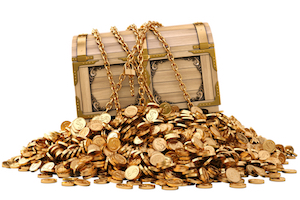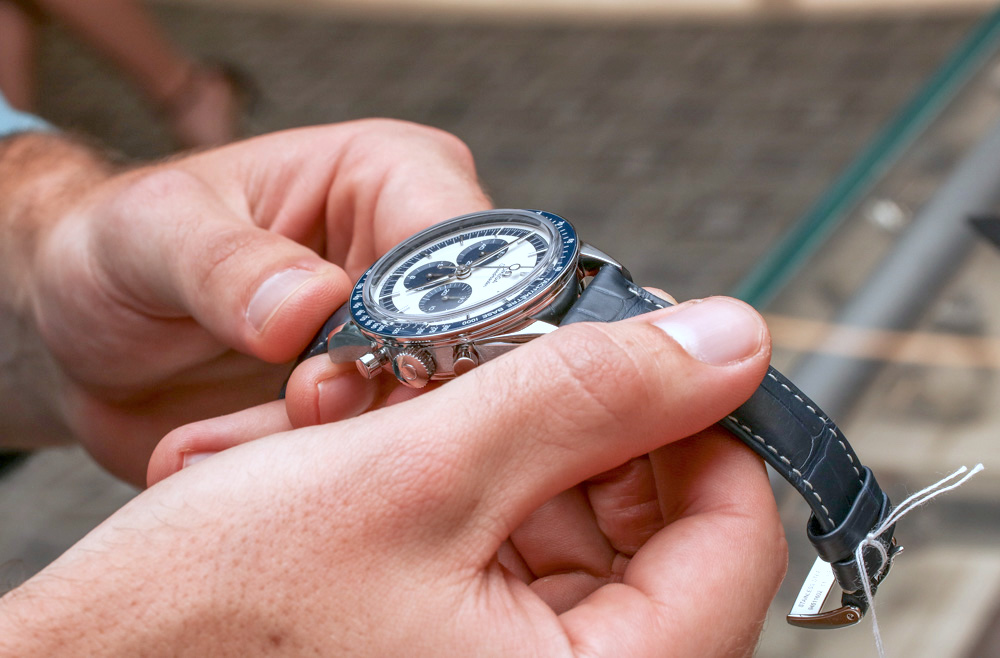Gold coins and other forms of precious metal bullion are amongst the categories of personal assets used as collateral by peer-to-peer lender Unbolted for its unique secured asset loans. If you’ve ever wondered how it came to be that the collection of gold coins your Granddad left you in his will has so much monetary value locked up in it, here’s a brief history of gold in human affairs that hopefully sheds some light on that enigmatically beautiful metal.
It’s difficult to be certain exactly when humans discovered gold and began to be enthralled by it, because it was being used to fashion ornaments and jewellery long before the written word came into existence. You can imagine a child, thousands of years ago, finding some lustrous, yellow nuggets of rock in a stream and bringing them home, introducing the human species to gold for the first time.
Gold was probably discovered just like this, occurring in its natural state in streams all over the world, and was almost certainly the first metal early hominids became familiar with. Because it’s dispersed so widely all over the geological world, gold was discovered by many different peoples living in many different locales. They became drawn to it not simply because of its alluring colour and sheen, but because its malleability also made it a delight to work with. Gold never tarnished, ensuring that any art objects fashioned out of it continued to look glorious from one age to another.
When we think about the metals that drove the historical progress of technology, most of us consider the development of copper- and iron-working as the most important contributions to humans’ cultural and economic progress. Gold, however, came first. It’s the easiest metal to work with by far and is almost devoid of the contaminating ore-bodies found in most other metals, making smelting a much more straightforward process.
Archaeological evidence suggests that ancient Egyptian goldsmiths were smelting gold as early as 3600 BC. Early hominids, judging by archaeological finds, used gold for ornamental purposes. Its uncorrodable permanence and visual brilliance led early humans to link it to royalty and the deities of early civilisations, with immortality and with wealth - associations that are found across many otherwise divergent cultures around the world. Gold was used to represent beauty and power and was fashioned into numerous shrines and idols worldwide (just think of “the Golden Calf”). Of course, it was also fashioned into jewellery.
For a long period of human history, gold was valued and even treasured, as the stunning “Gold of Troy” archaeological find demonstrates. Excavated in Turkey, this treasure hoard dates to the era 26000-2450 BC and reveals a stunning variety of gold work, from intricate, fine jewellery to a gold gravy boat weighing in at a full troy pound.
At this time, gold was owned by the well-connected and powerful as emblems of their wealth and fashioned into decorations for sacred sites or objects of worship. It was clearly valued by early humans - but it hadn’t yet become money. In Part Two, we’ll look at gold’s role in the history of money, right up to its use as security for borrowing from p2p lender Unbolted.





